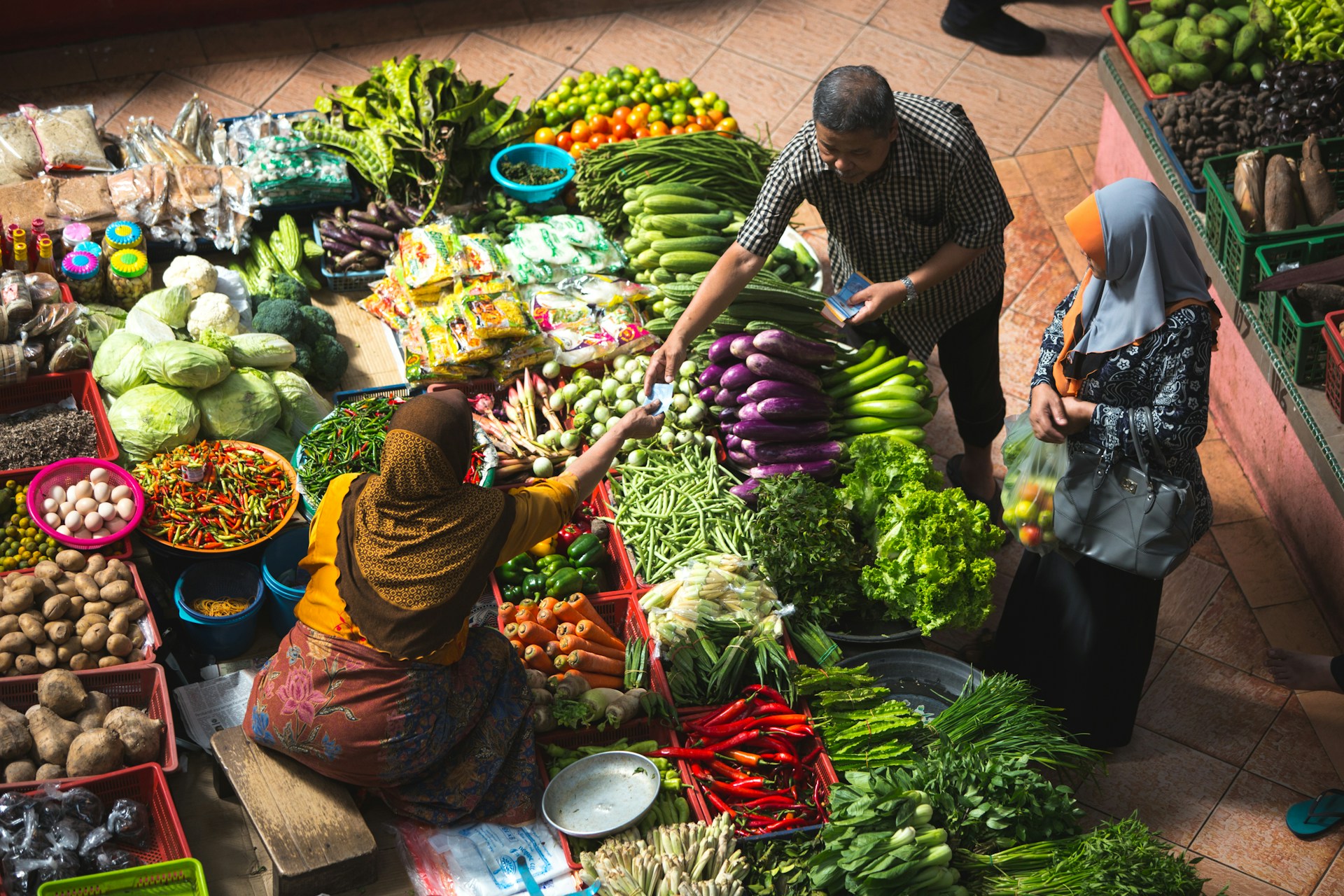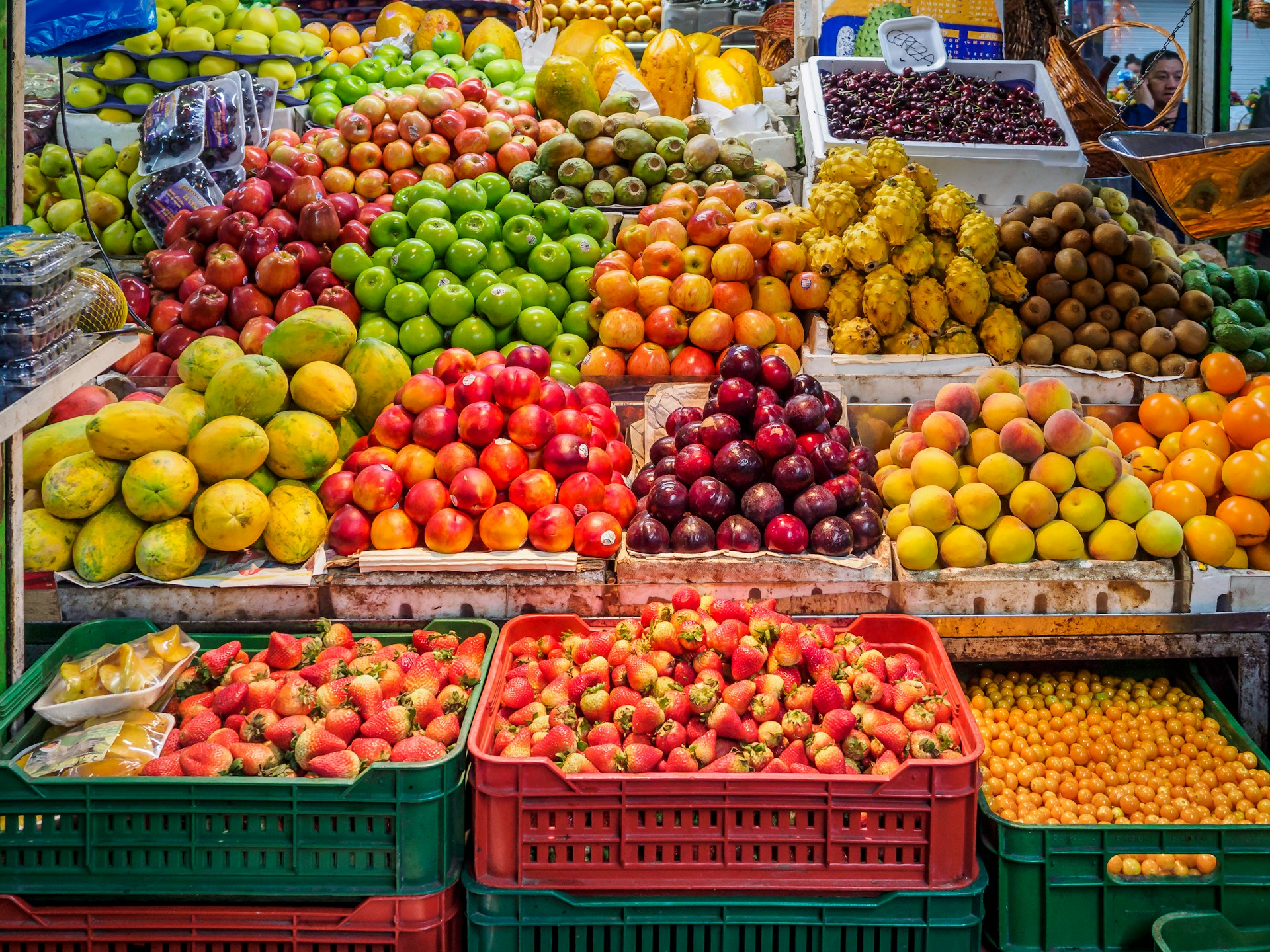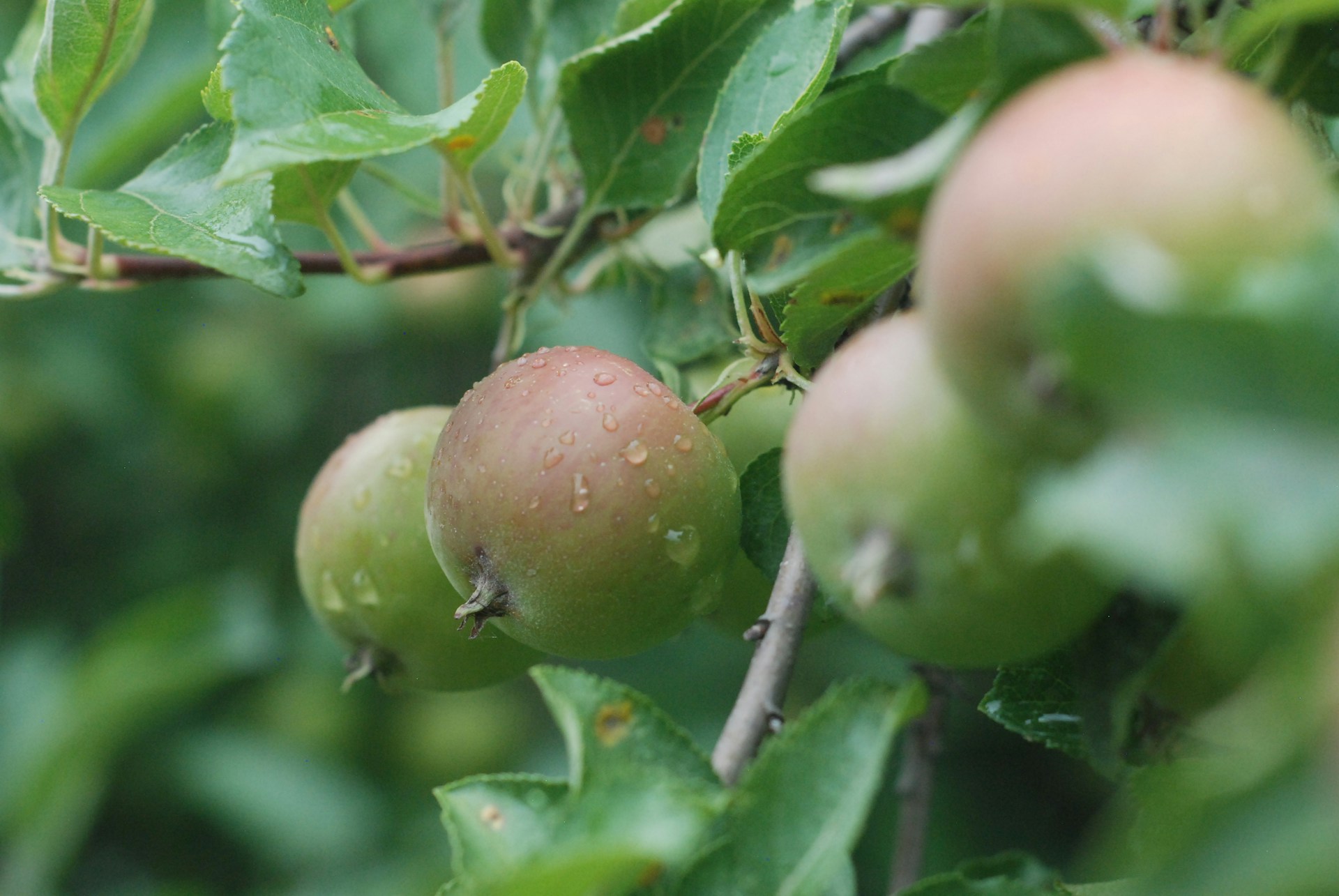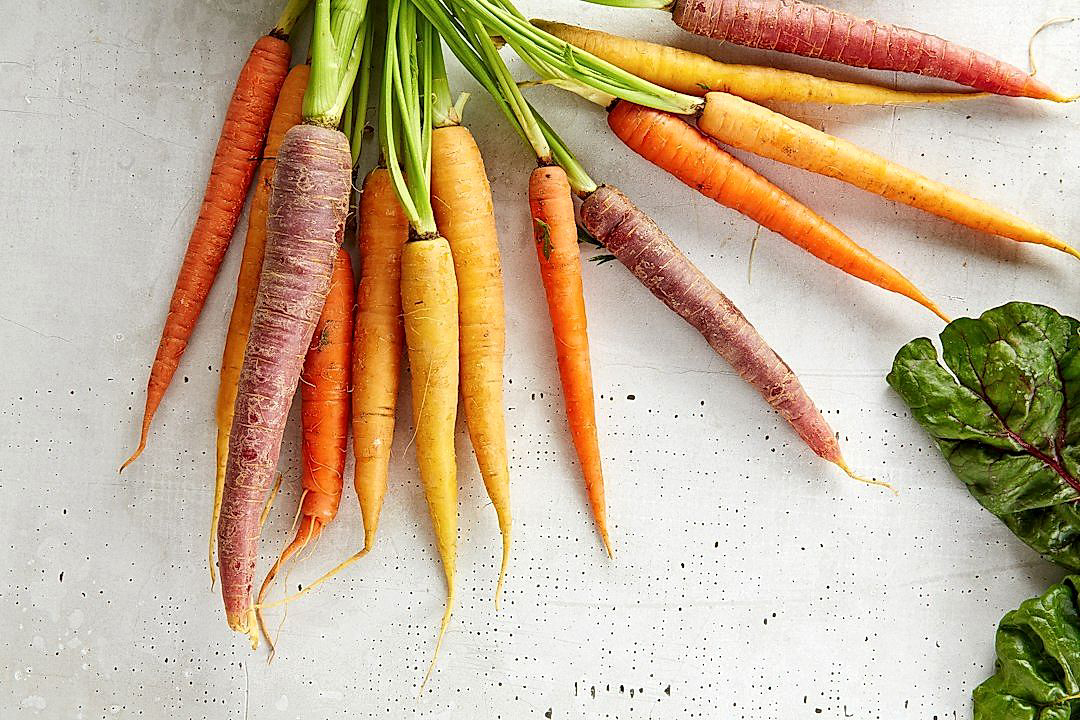In an intensely competitive market, the design of product packaging plays a crucial role in influencing consumer buying decisions.
It extends beyond mere aesthetics, communicating the value, quality, and essence of the product contained within.
This premise is particularly true in the realm of packaged produce, where compelling design can make a significant difference in sales.
The importance of tracking and implementing current design trends effectively cannot be overstated.
Let’s delve deep into the subject to understand more.
We aim to educate marketers and designers alike on how to leverage these trends to increase the saleability of their produce.
Design Trends That Sell More Packaged Produce
1. Vibrant, appealing color schemes.
The color schemes used in product packaging play a significant role in attracting customers and influencing their purchasing decisions.
A vibrant and attractive color scheme can make your product stand out amongst many similar items on the supermarket shelf.
Consumers often make subconscious decisions based on colors, as they are associated with certain feelings and perceptions.
Bright colors like red and orange can create feelings of excitement or urgency, while cool colors like blue and green often feel relaxing and trustworthy.
It’s crucial to choose the right color combination that reflects the quality and freshness of your produce.
In the realm of packaged produce, natural and earthy colors often work best as they denote freshness and health.
But evoking the right emotions isn’t the only role of color schemes in product packaging.
Colors can also play a practical role in differentiating between different product variants.
This is particularly important in the packaged produce industry where many products may look similar, and differentiating through color coding becomes especially valuable.
For instance, you could use different shades of green to differentiate between ‘organically grown’ and ‘conventionally grown’ produce.
However, it’s important to test these colors in the real world scenarios.
A color that looks good on screen may appear different when printed or when viewed under the store’s lighting conditions.
The ultimate goal of color schemes in product packaging must be to catch the customer’s eye, while accurately representing the product inside.
Remember, the colors used in your packaged produce not only creates the first impression on the customers but also carries your brand message to the world.
So, always select a vibrant, appealing color scheme that not only resonates with your brand image but also makes a bold visual statement.
2. Health-conscious, clear nutritional labeling
One of the most significant trends in packaged produce design is the emphasis on health-conscious, clear nutritional labeling.
As consumers become increasingly aware of their health, they are more likely to demand transparency in the nutritional content of their food.
The era when people would buy products without considering their nutritional content is gradually fading away.
Clear nutritional labelling acts as a communication tool between the manufacturer and the consumer.
This tool is especially important now when healthy eating has become essential for many.
The power of clear nutritional labels lies in their ability to guide consumers to make informed and healthier choices.
Labelling that focuses on essential nutrients like fiber, proteins, vitamins, and minerals can help a product to stand out from its competitors.
But it’s not enough to simply state these nutrients.
Manufactures should ensure that these labels are highly visible and easily understandable.
Because after all, the goal is to ensure consumers understand exactly what they are consuming.
Given the diversity of consumer needs and nutritional understanding, the best nutritional labels are those that consider accessibility.
In other words, regardless of their nutritional knowledge, every consumer should be able to understand the label.
This could mean using easier language, clear-design layouts, color coding, or even symbols for universal understanding.
In essence, health-conscious, clear nutritional labeling empowers consumers to make healthier buying decisions.
And it is not only the consumers who benefit – the manufactures do too.
They get to build a solid reputation as a brand that values health and transparency.
And ultimately, this enhances customer trust and satisfaction leading to increased sales and profits.
3. Sustainable, eco-friendly packaging
The modern consumer is becoming increasingly aware of the environmental impact of their purchases and showing a strong preference for brands that demonstrate a commitment to sustainability.
As per a recent survey by Nielsen, almost half of U.S. consumers are likely to change their consumption habits to reduce their impact on the environment.
This indicates that sustainable, eco-friendly packaging can significantly boost the appeal of your packaged produce, potentially leading to increased sales.
Sustainable packaging is made from renewable, biodegradable materials such as paper and plant-based plastics, which are less harmful to the environment than traditional packaging materials like plastic and styrofoam.
By switching to sustainable packaging, you can help reduce the amount of waste that ends up in landfills and contribute to a healthier planet.
Sustainable packaging can also provide a competitive advantage in today’s eco-conscious market, setting your brand apart and making it more appealing to environmentally conscious consumers.
Create packaging that uses minimalistic design which reduces the amount of used materials, encouraging waste reduction and supporting the eco-friendly initiative.
Additionally, sustainable packaging is typically designed to be reusable, providing an added benefit to consumers and further reducing the environmental impact.
For packaged produce, this might mean using compostable trays or bags made from plant-based materials, which break down naturally and can be added to compost piles.
You can also opt for packaging made from recycled materials, thereby closing the loop on the recycling process and further reducing waste.
You can display these eco-friendly efforts prominently on your packaging to inform consumers about your commitment to sustainability.
Moreover, ensuring the packaging can be easily and effectively recycled at home is another way to promote sustainability in your brand image.
Embracing sustainable, eco-friendly packaging is not just a trend – it’s becoming a necessary standard in the industry and consumers are increasingly expecting brands to prioritize the environment.
Last but not least, creating sustainable packaging design that communicates this necessary change can present a great opportunity to re-engage with existing customers and attract new ones.
Whether you bottle your fruits or bag your vegetables, focusing on sustainability in your packaging can effectively increase interest in your brand and improve the sales of your packaged produce.
4. Fun, Engaging Interactive Elements
With the ever-increasing competition in the produce market, businesses are always looking to incorporate fun, engaging interactive elements into their packaging.
This trend is not just for aesthetic appeal, but it also helps increase the overall consumer engagement with the product.
For instance, you may have seen packages that have QR codes which, when scanned, can take the consumer to a website with recipes using that specific produce.
Such innovatively packaged produce not only caters to the digitally savvy customers but also enhances the consumer’s shopping experience.
Packaging is no longer just about protection and preservation, but also aims to provide an interactive journey that educates and intrigues the customers about the product.
Similarly, brands may choose to include games or puzzles on their packaging that are not only fun but also inform the consumers about the nutritional benefits of the product.
Moreover, these interactive elements can be used to boost consumer loyalty, by offering rewards or discounts once the games or quizzes are accomplished.
Storytelling through packaging is another interactive design trend that is fast gaining popularity.
This could include illustrations or comic strips that narrate the story of the brand or the product journey – right from the farms to the consumer’s basket, thereby contributing to an emotional connect with the consumer.
Another upcoming trend is the use of augmented reality (AR) in packaging.
For instance, when scanned via a special app, AR-enabled packaging offers a dynamic visual experience, providing things like nutritional insights or fun facts about the produce.
Undoubtedly, the above innovative trends are leveraged to make packaged produce more appealing to health-conscious millennials and Gen Z consumers, who appreciate such interactive and informative experiences.
Even though implementing these changes might require a slight increase in costs, the potential benefits – in terms of increased sales, brand awareness, and customer loyalty – make the investment well worth it.
Overall, incorporating fun, engaging interactive elements in packaging design for produce proves to be a creative and efficient marketing strategy that piques the interest of consumers while also educating and engaging them with the brand and the product.
Let’s not forget that in the hands of a creative designer, even the most ordinary produce packaging can be transformed into an unexpected, memorable, and above all, interactive experience.
5. Personalized or Customizable Packaging
One of the most popular design trends that is making a significant impact in boosting the sales of packaged produce is providing personalized or customizable packaging.
This approach appeals greatly to consumers as they enjoy personalized items, making them feel special and valued.
Personalized packaging can range from simple elements such as the consumer’s name written on the package to complex forms that involve unique color schemes and designs for every individual order.
Moreover, customization could allow customers to choose the exact produce or the quantity they want to be included in the package.
This element of customization ensures that every consumer gets what they specifically want, reducing waste, and enhancing their overall satisfaction with the product.
Beyond improving customer satisfaction, personalized or customizable packaging provides a vital opportunity for branding and establishing a direct connection with the customers.
This is because customization often involves the company’s signature designs, logos, and colors, making the customers associate these elements with the brand whenever they see the package.
It’s quite common to see consumers reusing these personalized packages for other purposes due to their appealing designs and the emotional connection they have been made to feel with the brand.
Such reuse further enhances the visibility of the brand, increasing its exposure and recognition in various spaces.
The increased brand recognition, in turn, leads to higher consumer trust and results in more sales for the company.
Also, enabling customers to customize their product packaging can be a very effective strategy for encouraging repeat purchases and fostering customer loyalty.
Customers who were satisfied with their previous customized orders are most likely to return and make another purchase.
This is also an effective method in encouraging consumers to tell their friends was about the brand, expanding affect your customer based through word of mouth.
Many companies, big and small, are realizing the potential of offering personalized or customizable packaging and are incorporating this trend into their packaging design strategy.
Not only does it make the customers feel valued and special, but it also helps to create brand loyalty, increase visibility, and ultimately, boost sales.
6. Tell a Story, Branding Consistency
In the world of packaged produce, an important design trend is to ensure that your packaging tells a story.
It’s not just about marketing a product, but also about sharing the journey that your product has taken from farm to shelf.
Consumers today are interested in learning more about their food; they want to know where it comes from, how it’s grown, and the values of the company selling it.
By telling your story through your packaging, you can create a connection with the consumer that goes beyond the physical product itself.
The story you tell could be about your dedication to sustainable farming practices, your commitment to local sourcing, or the unique characteristics of a specific variety of produce.
Whatever your story, it should be clearly and consistently communicated across all of your packaging.
This consistency in branding helps you to build trust with your consumers and gives them confidence in the quality of your products.
It can also set you apart from the competition, making your packaged produce stand out on the shelf.
Consistency in your branding doesn’t just mean using the same logo and color scheme across all of your packaging.
It also means being consistent in the tone of your messaging, the values you communicate, and the overall look and feel of your packaging design.
By telling your story through your packaging, you can create a connection with the consumer that goes beyond the physical product itself.
Another way to create branding consistency and tell your story is by including some kind of interactive element in your packaging.
This could be a QR code that consumers can scan to learn more about your farming practices, or a fun activity for children that teaches them about healthy eating.
In conclusion, telling a story and maintaining branding consistency in your packaging design can make a big difference in today’s competitive packaged produce market.
By sharing your journey and being consistent in your messaging, you can build a strong connection with your consumers and inspire loyalty to your brand.
It’s an opportunity to educate your consumers, communicate your values, and establish your brand as a leader in the packaged produce industry.
7. Minimalist Designs, Emphasizing Product
In the world of packaged produce, one of the current design trends is the use of minimalist designs.
This design approach emphasizes less is more, focusing on the product and its qualities.
The minimalist approach allows for a more clean and uncluttered appearance, making the product the star of the show.
Minimalist designs often make use of simple and muted color palettes, reducing visual noise and distractions.
For example, a package featuring a single tomato against a cream background with elegant, sparse typography can highlight the product’s freshness and quality.
Minimalist designs streamline information, focusing on essential details and reducing overwhelm.
For instance, good packaging would place the product name, brand, and essential nutritional information at the forefront.
Minimalist design highlights not just the product, but also communicates effectively essential information about the product without visual noise.
Similarly, minimalist designs can convey a sense of quality and sophistication, while also appealing to consumers who prefer simple and straightforward presentations.
Furthermore, this design approach aligns with sustainable practices, for example, using lesser materials and simpler production processes could be viewed as more earth-friendly.
Minimalist packaging might also save costs in the form of less printing and cheaper materials.
Yet, achieving an effective minimalist design can be challenging, as it requires a strong understanding of balance and space.
It’s essential to strike a balance between too much and too little, ensuring that the product isn’t lost in the design but that the design also doesn’t overwhelm the product.
Also, minimalist designs require a higher standard of quality because flaws cannot hide behind heavy design elements.
In summation, while the minimalist design approach to packaged produce has its challenges, it also offers significant benefits, making it a trend worthy of consideration in modern packaging design.
The Bottom Line
Packaging design strategies have evolved to incorporate vibrant attractive color schemes, health-conscious nutritional labeling, and a focus on sustainable, eco-friendly materials.
Incorporating interactive elements and offering personalization options make packages more engaging for consumers.
Furthermore, maintaining consistent branding that tells a story and simplistic designs that emphasize product offer a genuine appeal to customers.
All in all, modern packaging methods are highly dynamic, combining aesthetics, functionality, and sustainability to enhance customer experience and foster a stronger brand-consumer relationship.




